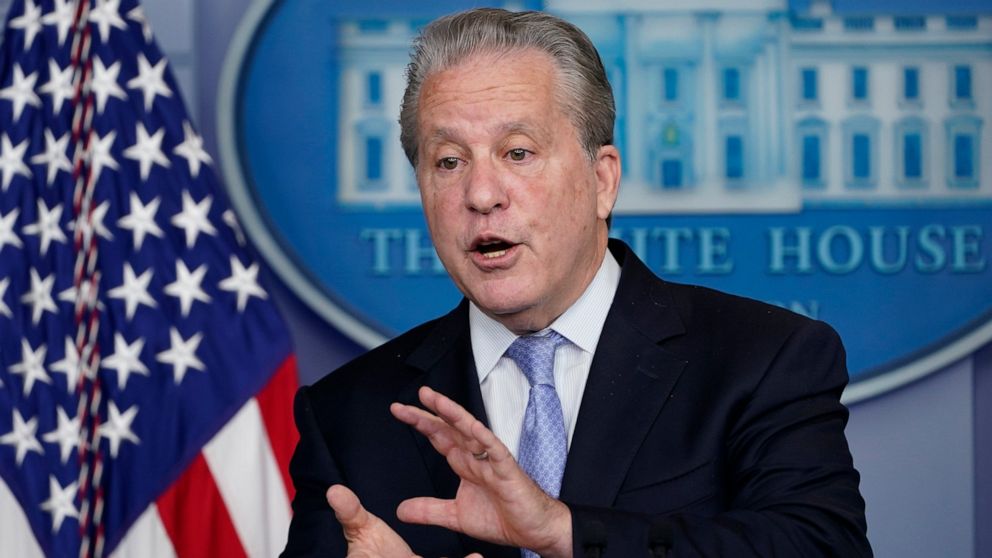Treasury: November saw highest disbursement of rental aid
The Treasury Department says states and localities in November paid out the largest amount of rental assistance to cash-strapped tenants since the program began
States and localities in November paid out the largest amount of rental assistance to cash-strapped tenants since a federal program began, the Treasury Department said in a statement Friday.
The $2.9 billion paid out is the latest sign that the program’s early hiccups have been mostly been resolved and it is now turning to helping those places running short of cash.
The latest figures show $17.39 billion has been allocated to help cover back rent, putting the program on pace to pay out or allocate $30 billion by the end of 2021. So far, there have been more than 3.1 million payments.
“We are just seeing that people got their programs started, made them simpler and more efficient,” Gene Sperling, who is charged with overseeing implementation of President Joe Biden’s $1.9 trillion coronavirus rescue package, said in an email interview. “A lot of places are moving fast and you are getting large amount of funds out quicker to renters in need.”
Diane Yentel, CEO of the National Low Income Housing Coalition, welcomed the increased pace of disbursement.
“Efforts by the Biden administration, advocates, program administrators and others have significantly improved emergency rental assistance (ERA) programs and quickened the pace of ERA distribution, keeping millions of people stably housed,” she said in a statement. “Nearly 10 million people in over 3 million households have been assisted with these vital resources. With back rent paid, these families have a clean slate and some housing stability to start the year.”
But with the improved results of the $46.5 billion program have come with concerns it won’t reach all tenants who need help. The first tranche of emergency rental assistance funds, known as ERA1, is $25 billion and the second, known as ERA2 and meant to be spent over a longer period of time, is $21.5 billion.
More than 100 grantees, including large programs in states like New York and Texas, have indicated they have gone through almost all their ERA1 money, Treasury said.
The problem, Sterling said, is there is not much to reallocate, given how states and cities have gotten so much money out. He estimated that over $1.1 billion would be allocated in the first three rounds of reimbursement, $875 million of which will be shifted from within states mostly from state-run programs to cites and counties in need.
A dozen states are shifting money to localities. Georgia, for example, is shifting $50 million to Fulton and DeKalb counties. In Arizona, $39 million is being shifted from the state to Maricopa County.
Several places will get money from a pool of funds reallocated from low-performing states. California will get $50.3 million, New Jersey $40.8 million, New York $27 million and the District of Columbia $17.8 million.
“There won’t be huge amounts of excess funds,” Sterling said. “Reallocation will help but won’t fill the gaps of large states like Texas, New York or California that have largely committed their funds and still have significant needs.”
The initial rollout of the federal program was plagued by slow disbursement, with administration officials publicly blaming state and municipal partners for bottlenecking the process with excessive bureaucracy often aimed at preventing fraud.
More recently, the problem was that some parts of the country were expending all their money while others, especially in parts of the South, were lagging behind.
Those entities that have not obligated 65% of their ERA1 money or are found to have an expenditure ratio below 30% as of Sept. 30, based on a Treasury formula, faced having the money reallocated. Grantees could avoid losing the money if they submitted a plan by Nov. 15 showing how they would improve distribution or be able to get their distribution numbers above the 65% or 30% threshold.
The deadline for submitting a request for the second round of reallocated funds is Jan. 21. By statute, the process for reallocating ERA2 funds won’t begin until March 31, 2022.
![]()


